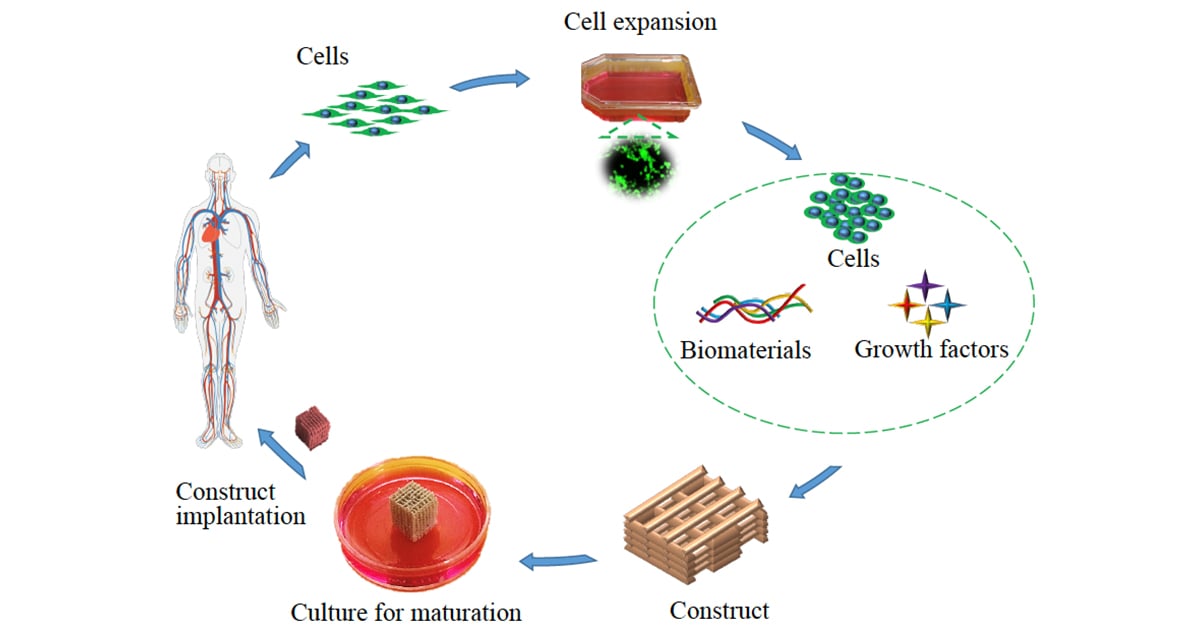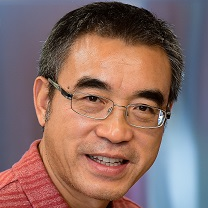Feature Papers in Biomaterials for Tissue Engineering and Regenerative Medicine
A special issue of Journal of Functional Biomaterials (ISSN 2079-4983). This special issue belongs to the section "Biomaterials for Tissue Engineering and Regenerative Medicine".
Deadline for manuscript submissions: closed (30 November 2022) | Viewed by 20547

Special Issue Editors
Interests: biofabrication; bioprinting; tissue engineering; mechanical engineering
Special Issues, Collections and Topics in MDPI journals
Interests: biomaterials; synchrotron X-ray imaging; computed tomography; tissue engineering; in vivo imaging
Special Issues, Collections and Topics in MDPI journals
Interests: advanced manufacturing; biomaterials; biomechanics; regenerative medicine; disease modelling
Special Issues, Collections and Topics in MDPI journals
Special Issue Information
Dear Colleagues,
Biomaterials have found wide applications in the emerging field of tissue engineering and regenerative medicine (TERM) for diagnosis, treating, and/or repairing damaged tissue/organs. This Special Issue aims to collect high-quality original and review papers, addressing the most important issues in this field. The topics include, but are not limited to, biomaterial sciences, bioinks for printing, biomaterial processing and bioprinting, microfluid diagnosis, biomaterial-based TERM and cancer therapies, as well as advanced imaging methods/technologies to non-invasively track biomaterial-involved TERM and cancer therapies in living animal models and/or human patients.
Prof. Dr. Daniel Chen
Dr. Ning Zhu
Dr. Liqun Ning
Dr. Minggan Li
Guest Editors
Manuscript Submission Information
Manuscripts should be submitted online at www.mdpi.com by registering and logging in to this website. Once you are registered, click here to go to the submission form. Manuscripts can be submitted until the deadline. All submissions that pass pre-check are peer-reviewed. Accepted papers will be published continuously in the journal (as soon as accepted) and will be listed together on the special issue website. Research articles, review articles as well as short communications are invited. For planned papers, a title and short abstract (about 100 words) can be sent to the Editorial Office for announcement on this website.
Submitted manuscripts should not have been published previously, nor be under consideration for publication elsewhere (except conference proceedings papers). All manuscripts are thoroughly refereed through a single-blind peer-review process. A guide for authors and other relevant information for submission of manuscripts is available on the Instructions for Authors page. Journal of Functional Biomaterials is an international peer-reviewed open access monthly journal published by MDPI.
Please visit the Instructions for Authors page before submitting a manuscript. The Article Processing Charge (APC) for publication in this open access journal is 2700 CHF (Swiss Francs). Submitted papers should be well formatted and use good English. Authors may use MDPI's English editing service prior to publication or during author revisions.
Keywords
- biomaterials
- bioprinting
- tissue engineering
- regenerative medicine
- diagnosis
- advanced imaging








